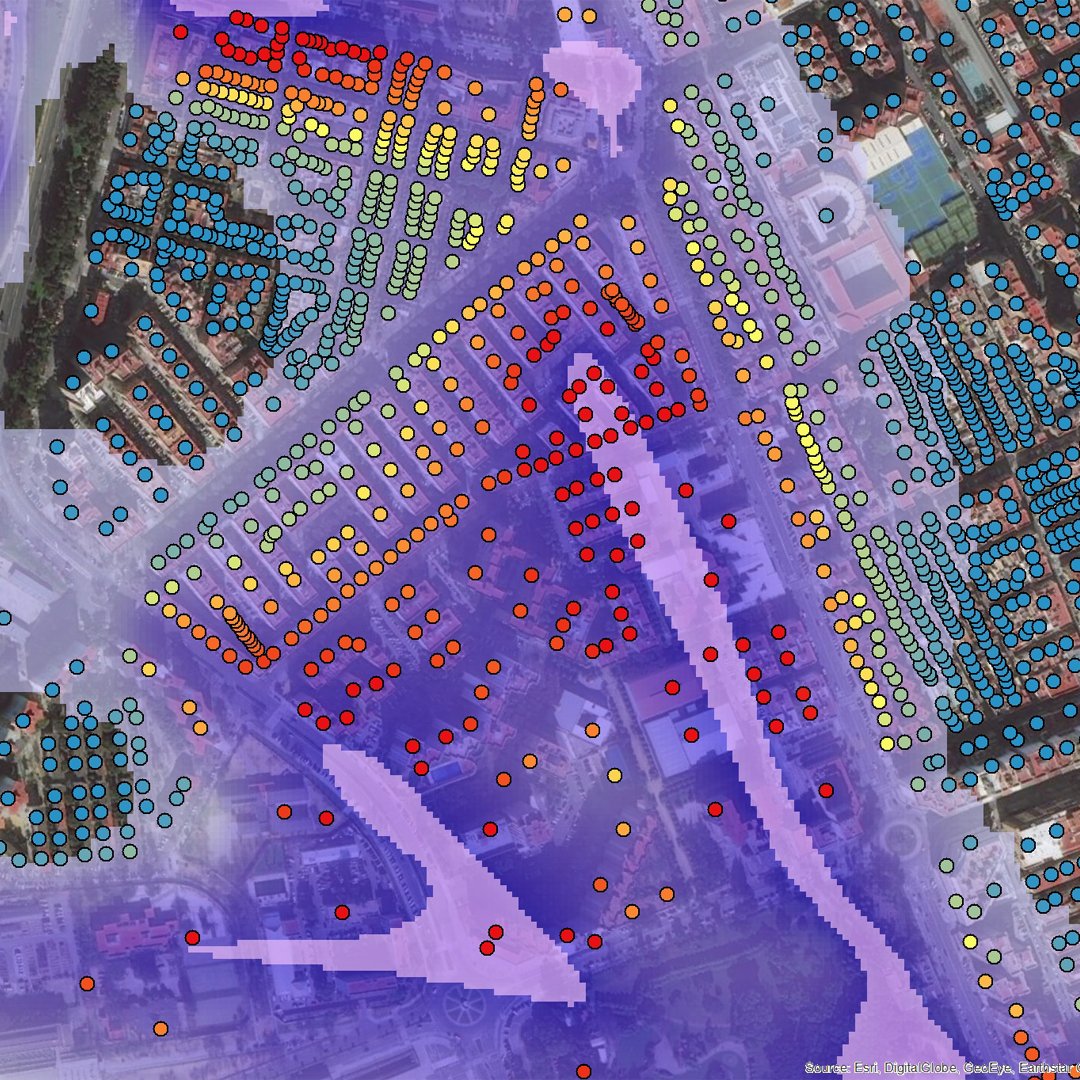Identifying and mitigating the impact of climate risks in Europe

Navigating climate risk uncertainty with technology
Floods, heatwaves and other climate-related events are having a growing financial impact on companies with European operations – causing everything from supply chain issues to rising insurance costs.
In this article, we explore the current climate risk picture in Europe and how companies are using analytics to mitigate them.
What’s the current climate risk picture across Europe?
With flood losses expected to increase fivefold by 2050 (European Environment Agency), the growing threat from climate hazards is intensifying. In France, for example, the OECD estimates that nearly 1 in 5 residents live in areas at risk of flooding, while the Ministry of Ecological Transition believes the figure is closer to 1 in 4.And although western regions of Germany have seen the worst flooding, the Umweltbundesamt has also identified the south as an area of concern – with recent events suggesting an increasing pattern of severe flooding events across the country.
Flood damage in Spain is on the increase, too, as changing precipitation patterns affect the size and frequency of extreme pluvial events. At the same time, rising sea levels and enhanced storm activity are increasing the severity of coastal flooding.
Italy is also prone to natural hazard events, with 9.8% of the country vulnerable to flooding. These risks are amplified by weak enforcement of building regulations and poor floodplain management principles. Without adaptation measures, flood-related losses in Italy are projected to reach €600m per year by 2100, according to the Euro-Mediterranean Centre on Climate Change – making efficient flood-warning systems, risk assessments and data essential.
Is there a framework to assess climate risk?
Yes – and it’s embedded in Twinn Climate Risk Analytics (formerly under the Ambiental brand). Our software helps you visualise risks and identify hazards as they develop, so you can understand, predict and mitigate their impact. That way, you can better protect operations and supply chains, ensure business continuity, bolster long-term resilience and overcome climate-related obstacles to growth.
Twinn provides climate risk intelligence across 19 hazards – including flooding, drought, wildfires, earthquakes and volcanoes. Our tools provide insight ranging from high-level flood maps to granular risk scores, which go down to individual property level. Companies from financial services to energy and industry use it to quantify their climate risks, so they can plan for today and the future. Armed with this intelligence, they’re able to answer questions like:
- What are the climate risks associated with underwriting or insuring particular properties?
- Are there climate risks associated with any locations we’re considering for new facilities?
- Which assets and networks are at risk, and how can we best protect them to ensure business continuity and resilience?
- What supply chain routes are most vulnerable to climate hazards, now and over time?

How to get started with understanding your organisation’s climate risk exposure
The easiest way to get started is with a free Climate Risk Quick Scan. You simply upload a list of your organisation’s physical assets (anywhere in the world), and you get a free report with actionable insights on how those assets are affected by risks from climate change, natural hazards and severe weather.
